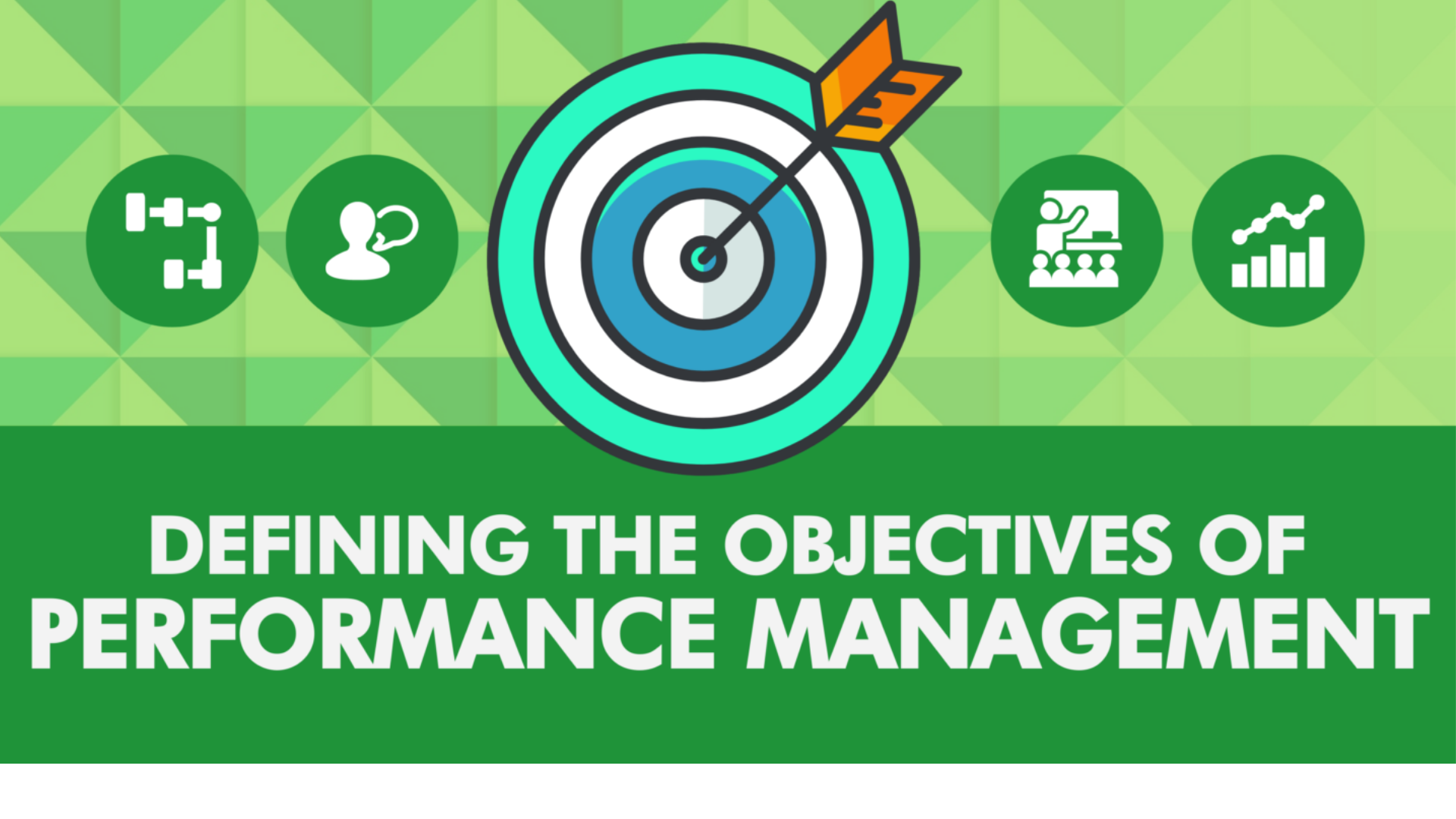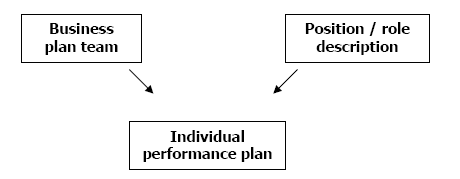
Once you have identified the goals and objectives for your department you are able to break it down even further by identifying performance objectives and goals for specific teams and individuals within your division.
You would need to consider the following aspects:
- Job roles and responsibilities for which teams and individuals were appointed.
- The level of expertise of individual team members.
- The level of competence of individual team members.
- The time availability of team members.
In order to allocate the goals and objectives, the manager can draw a organigram of his/her direct reporting department and then map out which goals and objectives are to be achieved by which teams and individual team members. This will assist to ensure that team members function on their correct level and that objectives are well spread amongst team members.
This process must be brought down another level by identifying KRAs for each team and individual, as well as performance objectives and goals relevant to the achievement of that KRA, based on individual levels of expertise, competence and time availability.
There are two fundamental tools for managing the performance of individual staff:
- The individual’s role/position description
- The business/team/division’s plan – this tells the manager exactly what performance needs to be achieved.

The Individual’s Role/Position Description
The first step in the performance management process for a staff member is to identify the roles they have been employed to perform and the skills they possess to fulfil these roles. These details are contained in the ‘job description’.
The Business/Team/Department Plan
Once you have determined the role the person is required to play and are clear about their skills and experience level, you are in a position to match these with the performance requirements of your team/department/business. On the basis of the relevant business/team/department performance plan, note the key performance requirements of the persons you are considering. These requirements are determined by the role they play in achieving the department/team objectives.
The Individual Performance Plan
The individual performance plan contains the details of the work the person will be doing over the next 12 months.